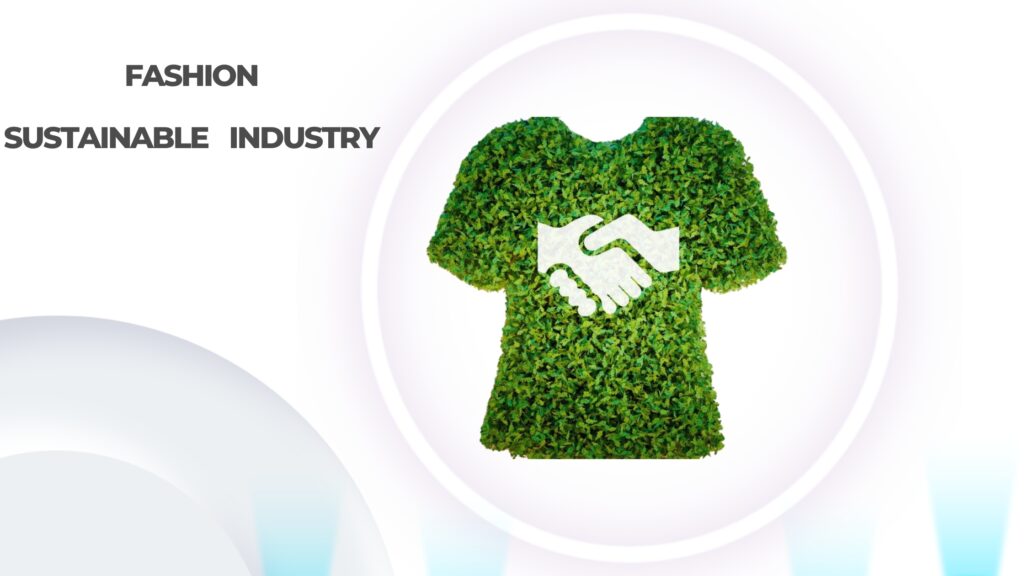
Fast Fashion Until now, has been changed, everyday people are tent to buy latest trends. Now, the fashion industry should know the difference between fast fashion and ultra-fast fashion that are going in opposite direction. Ultra-fast fashion is market by where faster production cycles lies, Brands like Boohoo, Shein and Cider are set free from conceptualization of seasonal collections. As an alternative they are fabricate garments at breakneck speeds and self-generating such as Barbiecore and Mermaidcore. At the meantime there is time limited, lucidity or liability all over clothing supply chains.
The industry will account for 26% of the worlds carbon budget for global warming to 2 degrees Celsius by 2050. Ultra-fast fashion has impact on social and environment effect, this may include labor practices. likely wise work 75-hours week and warehouse operate 24/7 as it needed more efforts for sustainable fashion industry. The Australian Fashion Council it is leading a national product stewardship scheme called “seamless “that indicates to transform the industry of fashion by 2030. This may include in economy circulation. And less waste, as using minimum inputs and maximum outputs. Members will contribute for every clothing item they make, the foundation member, each has contributed A $100,000 to growing the scheme.
More about Drastic- Fast Fashion
This is the one of the first industry – led for collective product stewardship natives as clothing textiles a change towards rational and round fashion industry. There is a disadvantage for ultra-fast fashion as it is risk for brands may act as parasite in seamless but advantage for the investment. Putting more products in market in market will need to deal with end of small life, but if they fail to commit the scheme, they won’t be paying that. as to overcome the government funded consortium must recognize ultra-fast fashion in tracking the social and environment sustainability challenges but the industry.
In the case of seamless it might have a huge effect if this growing market segment is ignored. It also had research on reshaping behavior of a consumers towards from social media and more in sustainable consumption specifically among Gen-Z consumers.
Thus, Australian has a rich fashion day of old and led local brands, these brands can see good design, innovation, sustainability and drive as industry. Ultimately by understanding the habits of fashion as well as into alternative and sustainability and accountability, profitability and economy of the fashion industries. As the fashion industry has to take care of this actions and also have a significant and necessary role towards fashion economy. The Design is to show fashion into circular economy. Eventually that means zero waste, but at the same time raw materials would keep in supply chain to the fullest extent by minimizing waste and designing.
More about https://caffee-story.com/
There are many companies who has adopted ultra-fast fashion model for social media marketing and to create demand for consumers. In terms of profitable business model, IPO (initial public offering) the brand value at US$136 Billion, up from US$2.5 Billion in 2018. This is a time where foundation is more sustainable and just fashion industry. The brand needs to show sustainability, designs, innovation and drive an industry. The most using fashions brands is ZARA and H&M.
Fast fashion is a concept will continue over next decade will result on the buying behavior of the consumers and trends. It also helps to understand anting consumers differentiate related with prices, quality, innovations, designs expectation and satisfaction. Although fast fashion play’s important role in examining consumers and development, more effective in market. Due to improved supply chains, new quick-response manufacturing techniques, and a greater reliance on low-cost labor from the apparel manufacturing industries of South, Southeast, and East Asia—where women make up 85–90% of the clothing workforce—fast fashion flourished in the latter part of the 20th century as clothing production turned less expensive.